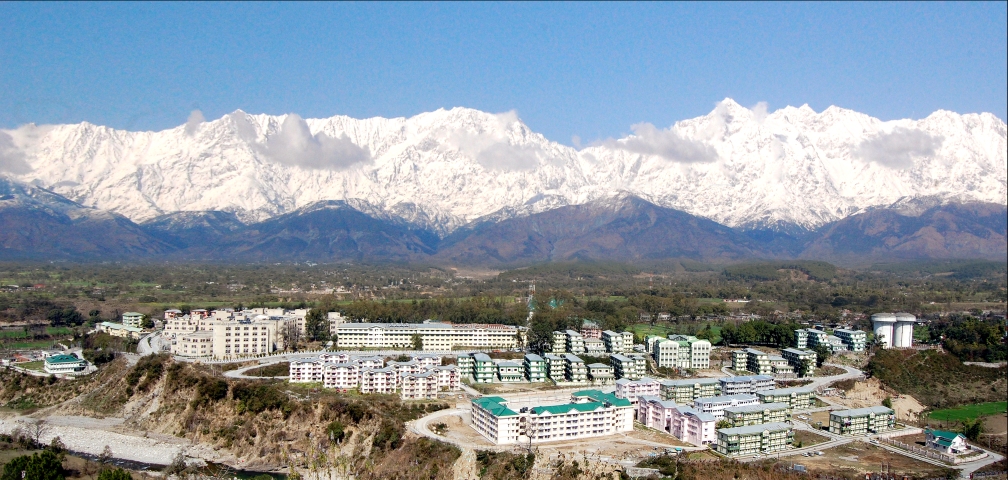Dehra Dun : What ails Uttarakhand is the question doing the rounds. While the state governments that have come and gone and also this one swear by the development that has reportedly taken place quoting the GDP that has shot up after the portion broke away from Uttar Pradesh and was carved into a state in November 2000, then why is there large scale migration from the villages.
There is direct contrast. While the bureaucracy and the politicians in power quote from state figures on the development that has taken place, the fact is that there is large scale migration from the villages not only in the far flung interiors but also as close as two hours drive from the state capital and they wear a deserted look.
If this is the sad state of affairs from villages just on the doors of the state capital one shudders to think what will be the prevailing state of affairs in the far flung interiors which are neither visited by the powerful politicians or the state bureaucracy that remains closeted in its air conditioned chambers making plans which bring neither relief nor succor to the masses.

It is obvious that the benefits of statehood have neither percolated down to the masses nor to the rural hinterlands, despite the talks of large scale development that has taken place in the last 15 years. If migration from the villages in search of greener pastures and livelihood rendering the once green fields barren and deserted is any indication, it is just of complete failure to deliver on all fronts.
The fact of the situation is that the state has since its inception not had a leader of either mass appeal or vision. There has not been one from the number of chief ministers who could call the shots at either the state level or with their party high commands in Delhi. And their vision has been the most myopic at the best, which is why there has been no upliftment at the grass root level.
Recently chief minister Harish Rawat talked of bringing about a milk revolution in the state. The occasion was his handing over milch cows to about 150 women. The first question that was raised by people who matter was will 150 women herald in a white revolution in the state and what was the mannerism, in which the 150 beneficiaries of the milch cows, were selected. Were they related to Congressmen, or those in power in the state?
Economists were of the view that if the state government or for that matter the chief minister was really interested in bringing about a milk revolution in the state, efforts should have been made to improve the breed of the large number of cattle which the villagers, particularly in the upper reaches, have. The local breeds could be crossed breeds not necessarily Jersey, but even the Haryana Murrah breed, which could have really brought about a milk revolution
With such half baked schemes that are announced and publicized with much fanfare and are meant to get cheap publicity, the people in power are actually playing with the future of the masses who already feel disillusioned and let down after having struggled for days during the statehood agitation, having faced lathis and bullets.
A general feeling is that immediately after Uttarakhand got statehood, the focus should have been on providing road connectivity, health education and potable water facilities to the people living in the interiors. Without these basic facilities that are almost at the same level as they were 15 years ago, the masses have started leaving their hearth and homes.
There has been no effort on the horticulture, agriculture and other related fronts, while diversification to cash crops and off season vegetables remains unheard of. How and why will the people remain in the villages when there is not only no future for them but they are without the basic facilities and infrastructure also.
One requires roads to ferry the produce from the villages to the markets. Traditional crops like wheat and rice need to be done away with and replaced by off season vegetables in places where irrigation facilities are available or with fruits and medicinal herbs and aromatic plants in other areas. Much of the diversification is not taking place because of no connectivity of roads and no advice in the matter from experts.
A journalist with over 40 years of experience, Jagdish Bhatt was Editor, Hill Post (Uttarakhand).
Jagdish had worked with India’s leading English dailies, which include Times of India, Indian Express, Pioneer and several other reputed publications. A highly acclaimed journalist, he was a recipient of many awards
Jagdish Bhatt, aged 72, breathed his last on 28th August 2021 at his Dehradun residence.


